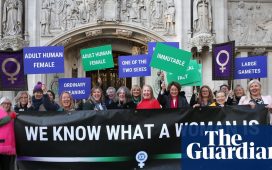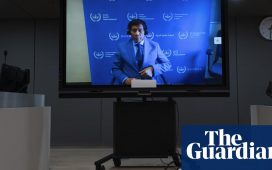Gordon Brown’s article asks a question that lawyers such as myself, and others, have grappled with for decades(Children on both sides are the silent victims of this war – why doesn’t international law protect them?, 27 October). There is no simple answer. One factor, as highlighted, is that there is no single treaty on this issue. The relevant law is scattered in international humanitarian law (IHL), human rights law, international child law (notably the UN convention on the rights of the child) and some initiatives not referenced in the article.
The latter include the 161 customary IHL rules painstakingly compiled by the International Committee of the Red Cross over the last nearly 30 years. These important basic principles include prohibitions on direct targeting of civilians, use of human shields, using starvation as a tactic – and that “Children affected by armed conflict are entitled to special respect and protection”. Customary law carries weight as it applies to countries that have not ratified specific treaties, and much of it applies to non-state actors (eg Hamas) as well as states. Moreover, international law has created enforcement mechanisms such as UN procedures and international courts (eg the international criminal court). These mechanisms have had some limited impact.
The question remains as to why this law seems so powerless, and what might be done to address this? While a comprehensive child-focused IHL treaty might be a step towards compliance, the drafting of international law is complex, often resulting in adoption of the “lowest common denominator”.
Ultimately law is a tool, and its effectiveness depends on political will. Given that, it may be more realistic to focus efforts on implementation of existing laws and mechanisms, rather than creating new ones. Perhaps the real question in the current context is: “Why doesn’t international law seem to protect anyone?” Although its impact on children is particularly agonising.
Jenny Kuper
London











